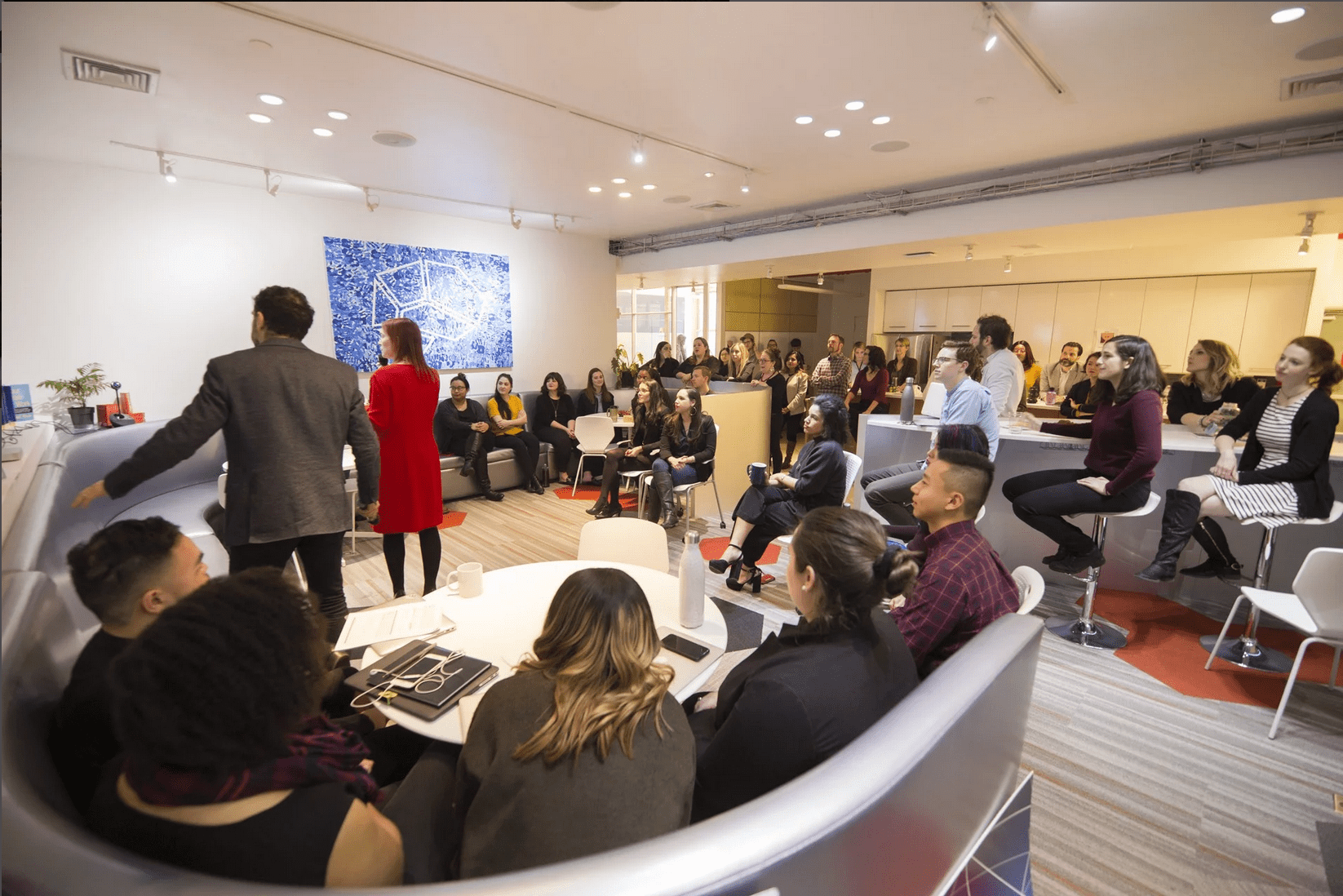I had a fascinating conversation with a coworker the other day. The essence of it was a question: “Why do companies put diversity and inclusion in a silo?”
What we meant is why, so often, instead of seeing diversity and inclusion as a business driver, or a mechanism for increased performance, do we see it as a box that has to be checked or a team we need to check in with? And if organizations around the world hold that perspective, what are the implications?
The dangers of that sort of myopic thinking are the business blunders that have a way of making headlines and trending on Twitter. They prompt the collective response: What were they thinking? Look no further than recent controversies around H&M, Dove, and Pepsi: These ads that seem so culturally insensitive were not accidentally disclosed, they were marketed! And the companies made no significant effort to justify or explain; they just acknowledged that they had missed the mark and gave the obligatory apology.
Conversely, we can see examples of companies that are trying to infuse diversity and inclusion into everything they do. Consider Airbnb’s scene-stealing Super Bowl ad, which featured neither celebrities nor puppies, but simply a collection of diverse faces and some thoughtful copy: “We believe no matter who you are, where you’re from, who you love, or who you worship, we all belong. The world is more beautiful, the more you accept. #weaccept.”
While the housing platform can’t claim to be perfect, it’s modeling how to breathe diversity and inclusion into a culture (and a brand). This transcends a sentiment best exemplified by the statement, “Let’s have the D&I team take a look at this.” Rather than being requisite, Airbnb’s D&I approach is strategic.
But D&I goes well beyond avoiding mistakes: inclusion means getting the best ideas to inform the best decisions. The industry data finds that diverse teams develop more products than non-diverse ones, while diverse companies make more than double the cash flow per employee than homogeneous companies. The academic research sheds light on the mechanism: diverse teams not only focus more on facts, they process those facts more carefully.
Great leaders know that the workforce is changing, as are the expectations along with it. Great businesses know that consumers are changing, as are their expectations. And some great leaders running great businesses understand that the walls between what happens inside a company, and what people see — in both product and culture — are inextricably connected. Employees care about the brand from the inside, consumers care about the brand from the outside, but it’s the same brand. Inconsistency equals hypocrisy, and hypocrisy quickly equals irrelevance.
My simple recommendation is to treat diversity and inclusion the same way a learning organization treats training and development, how a great brand treats marketing, and how a fiscally responsible company treats controlling costs: It’s everyone’s responsibility.
Having a Diversity and Inclusion team can be the right decision for your business, but they can’t be the only ones thinking about how diverse perspectives and inclusive habits combat organizational myopia. You might have a small team that spends most of their time thinking about D&I, but everyone should spend part of their time thinking about D&I. The science says this will lead to better decisions, made with more carefully evaluated information.
The alternative is to patiently wait until it’s your turn to make an avoidable, visible, and costly mistake. Just be prepared to answer, “What were you thinking?”



